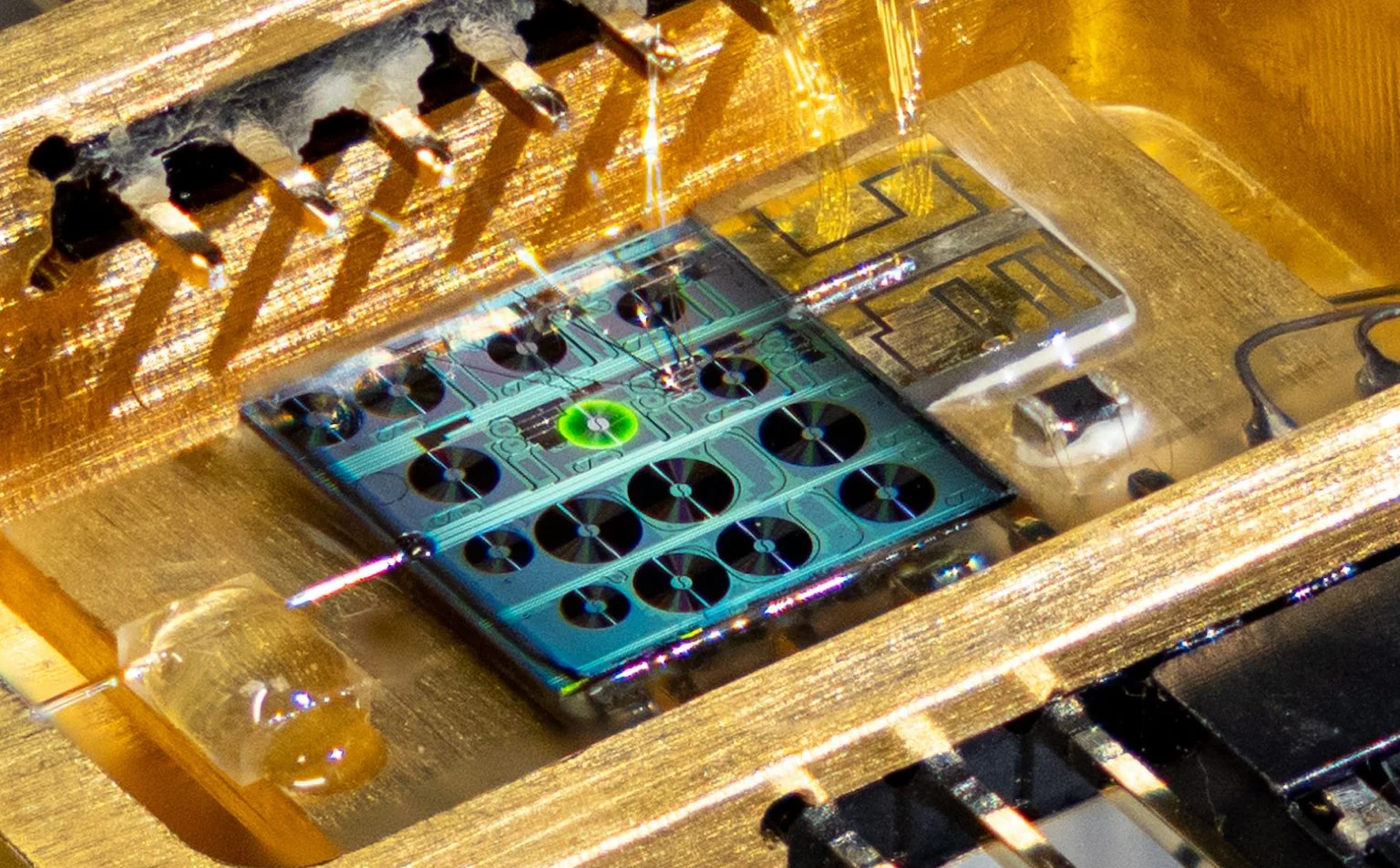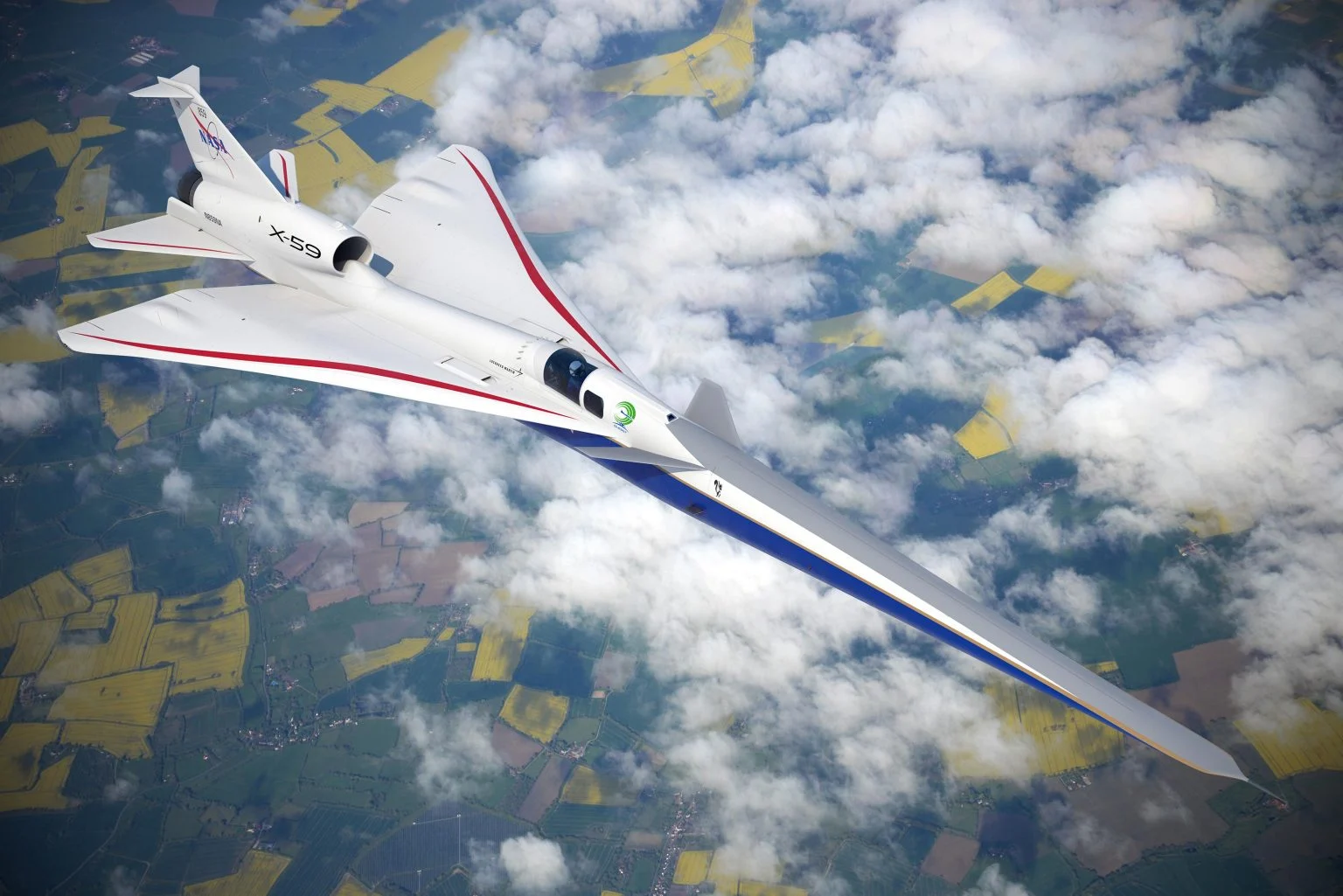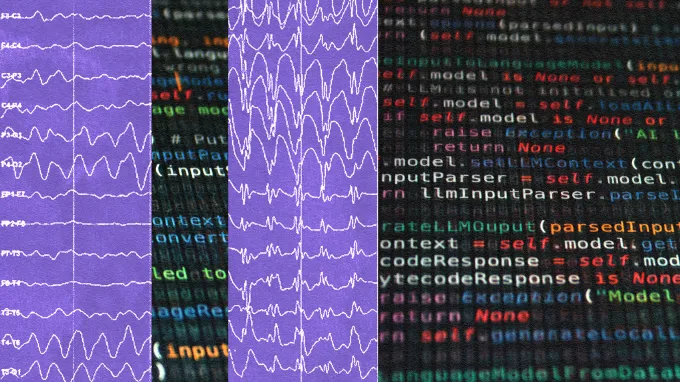"Researchers led by UChicago Pritzker School of Molecular Engineering Professor Giulia Gall, together with collaborators in Sweden, used theoretical and computational approaches to discover how defects in simple calcium oxide can produce qubits with a handful of promising properties. Credit: UChicago Pritzker School of Molecular Engineering / Peter Allen, edited" (ScitechDaily, From Common White Powder to Quantum Innovation: Unlocking Nearly Noiseless Qubits)
The femtosecond lasers are very accurate tools. They can pump energy to systems with a very high accuracy. The femtosecond laser can make new noiseless qubits. The reason why researchers are worried about the qubit's noise is the noise is the energy loss.
That noise is one thing that can break the qubit's security. Following that noise, the outside system can see data that the system loads into that qubit. Quantum computers are vulnerable on the surface, which transports information and changes it to the quantum model.
In binary computer systems, there are only two numbers. One and zero. The problem is how to separate zero from system shutdown.
Can we make the binary computer without a clock? The problem in a fast computing system is how to separate zero from the shutdown. And how to separate zeros from each other. Normally that separation is made, using the clock. The time, how long the voltage in the wire is zero determines if the system shuts down or if there is zero.
"Researchers at Lawrence Berkeley National Laboratory have developed a method using a femtosecond laser and hydrogen doping to create and control qubits in silicon, potentially revolutionizing quantum computing by enabling precise qubit placement and connectivity for scalable quantum networks and the quantum internet. Credit: SciTechDaily.com" (ScitechDaily, Femtosecond Lasers Spearhead the Quantum Computing Revolution)
The idea is that in two-layer systems the AI-based operating system observes the data, that the lasers transmit in the photonic chips. The system requires the "stop mark" between numbers one and zero. And that stop mark can replace the clock.
And the femtosecond laser can make that thing possible in those systems. The regular binary system runs the processor-based AI that controls the photonic system. In those systems, the longer pulse means a break. The number of femtosecond pulses determines if the number is one or zero in binary systems.
The one might be four femtosecond pulses. The zero can be two femtosecond pulses. And the longer pulse can be the break. If researchers make a system, where only the number of pulses means, that makes the system more flexible. The system determines a minimum number of pulses that it counts to zero. Then there is the limit and pulse number above that counted to one.
The femtosecond lasers can revolutionize computing even in binary systems. The femtosecond laser can send very highly accurate energy impulses. And that gives it the ability to adjust quantum entanglement. But the femtosecond laser can also make new photonic microchips possible.
The system can use a binary computing system with high speed. The femtosecond laser can give two short flashes for giving zero. And four flashes for one. And there could be a longer pulse, which means a break between those signals. In this type of computer, the AI plays a key role. The AI is the system that detects the signals.
https://scitechdaily.com/femtosecond-lasers-spearhead-the-quantum-computing-revolution/
https://scitechdaily.com/from-common-white-powder-to-quantum-innovation-unlocking-nearly-noiseless-qubits/





























